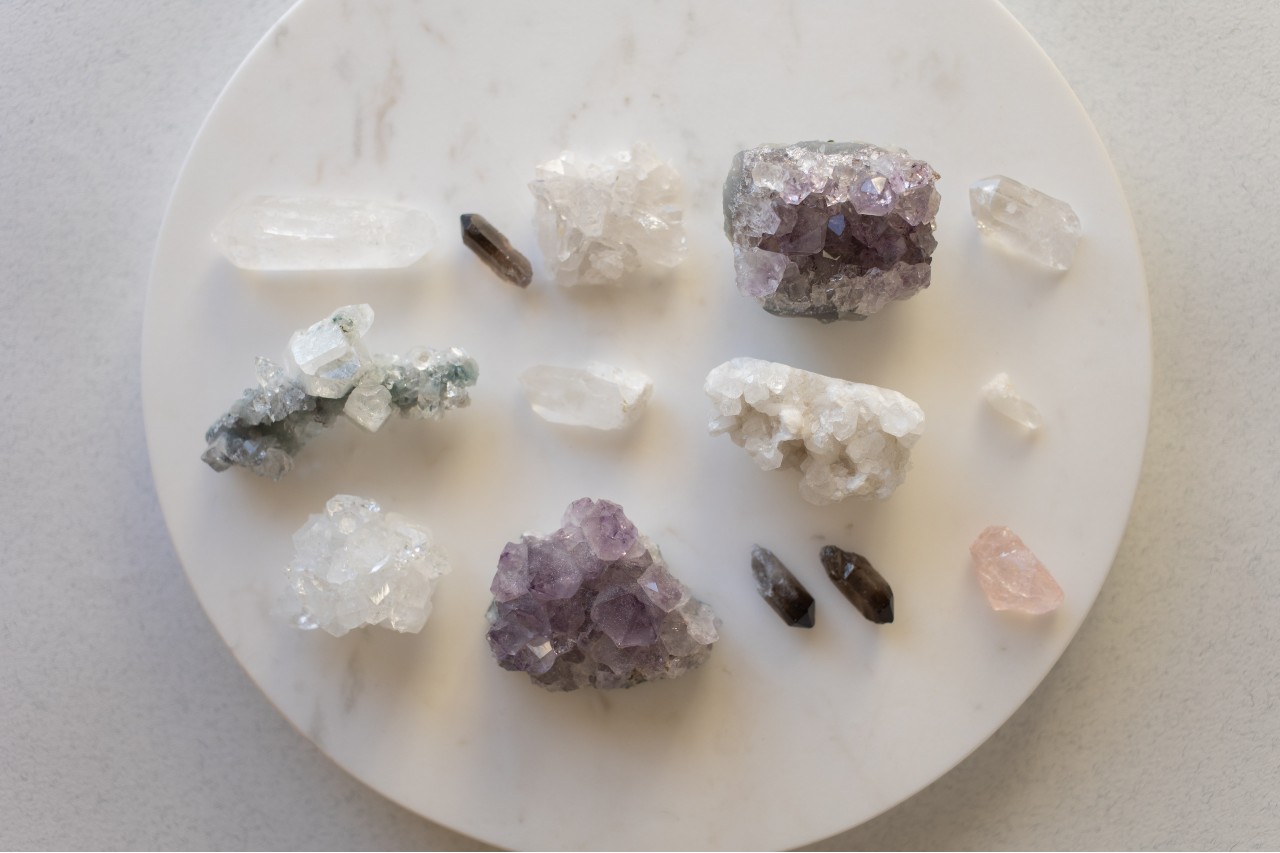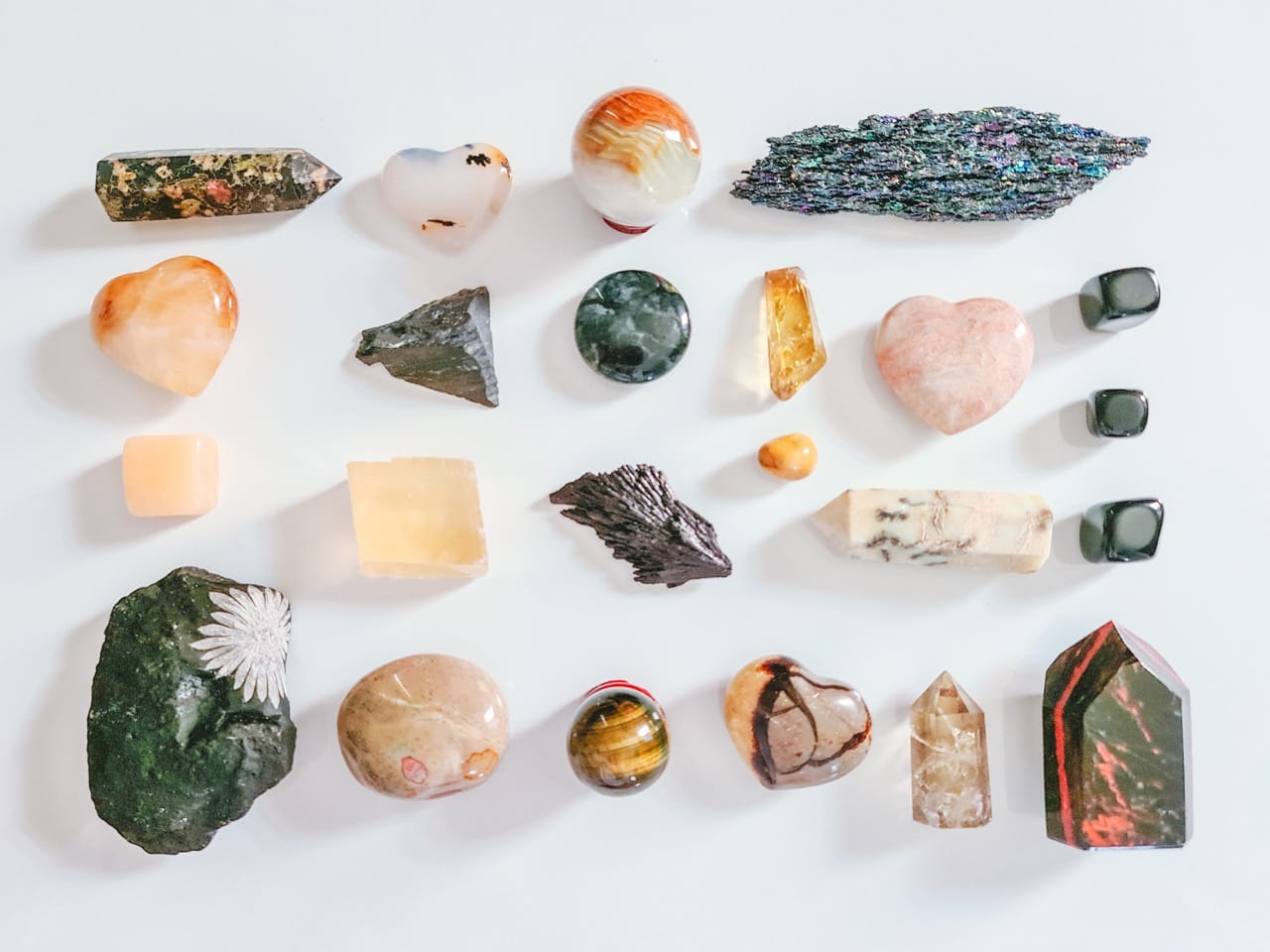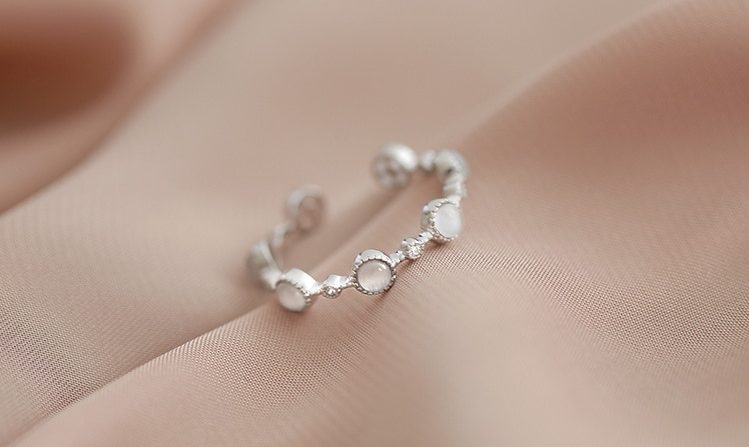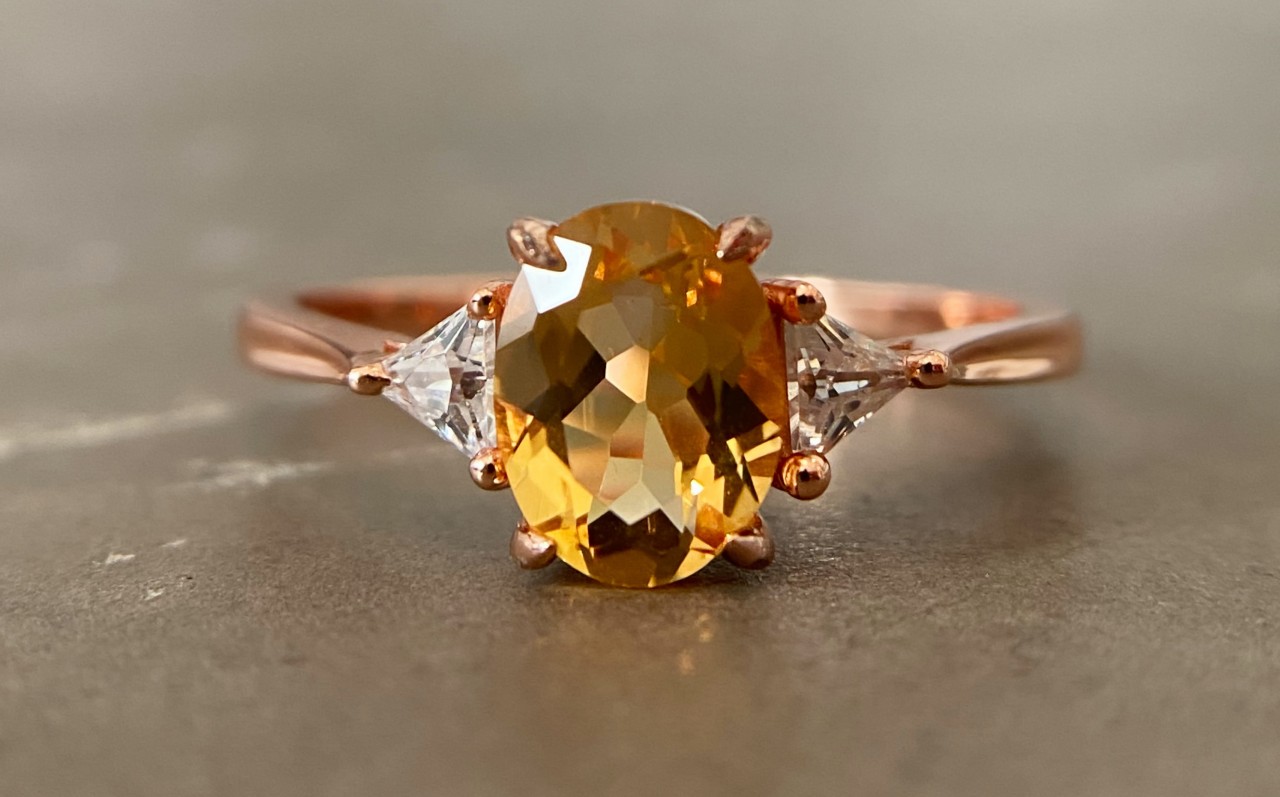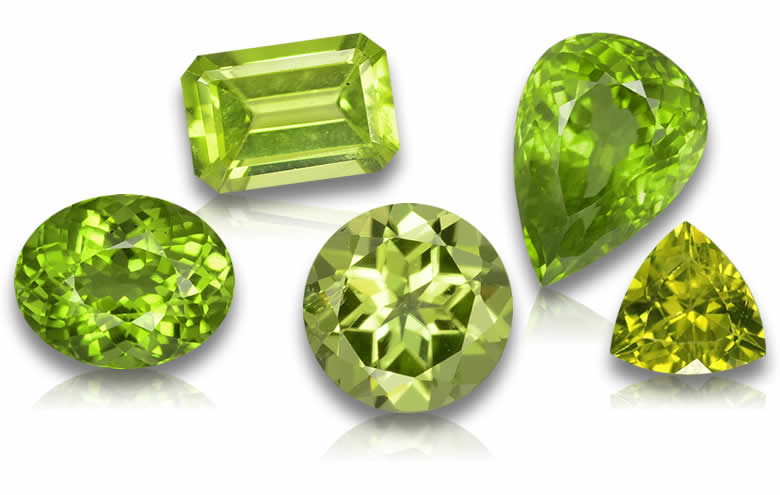What Do the Birthstones Mean?
Birthstones are gemstones that represent the month of an individual’s birth. Each birthstone is believed to have a unique meaning and significance. These meanings can vary depending on the culture and tradition.
In general, birthstones are believed to bring luck, health, and prosperity to those who wear them. They are also believed to have healing properties and provide protection against negative energy. Many people wear birthstone jewelry as a way to connect with their birth month and tap into the positive energy associated with their birthstone.
Learning about the meanings and properties of each birthstone can help individuals select the best stone for their needs and desires. From garnet to turquoise, each birthstone has a rich history and unique symbolism.
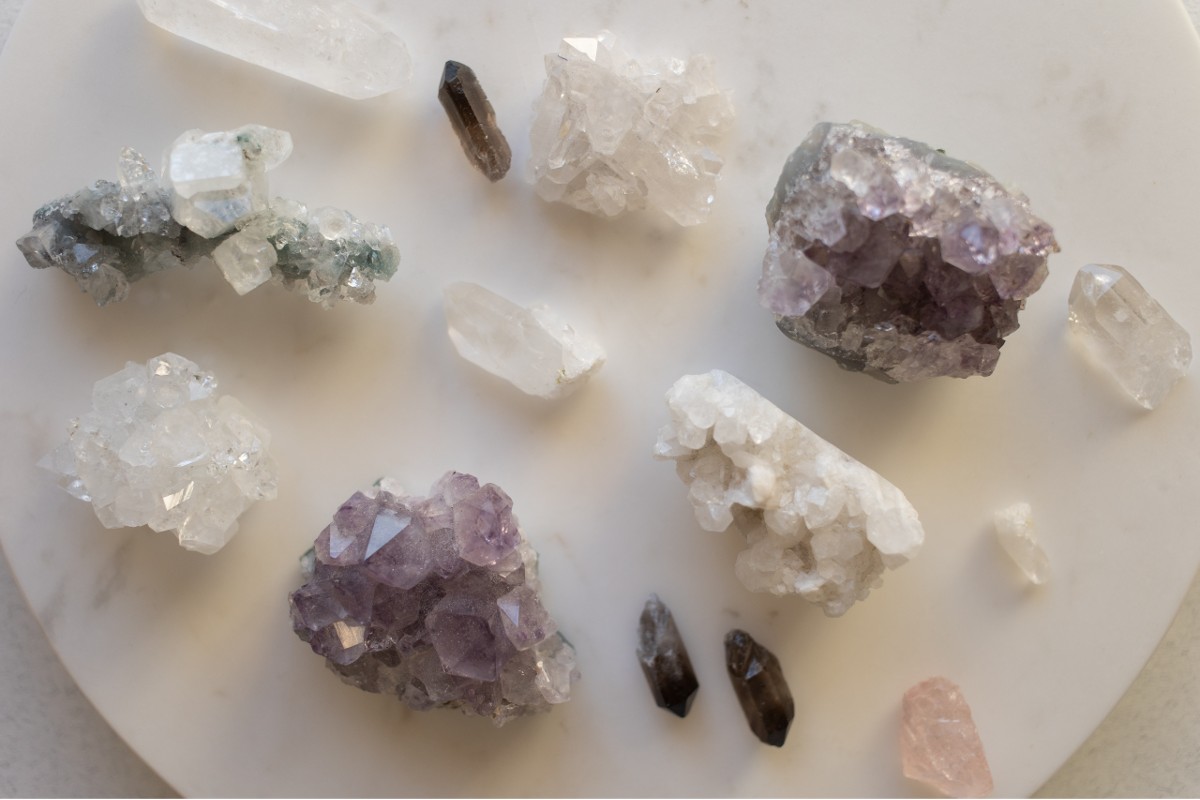
Birthstones by Month
- January Birthstone – Garnet.
- February Birthstone – Amethyst.
- March Birthstone – Aquamarine.
- April Birthstone – Diamond.
- May Birthstone – Emerald.
- June Birthstone – Pearl or Alexandrite.
- July Birthstone – Ruby.
- August Birthstone – Peridot.
- September – Sapphire.
- October – Tourmaline
- November – Yellow Topaz.
- December – Blue Topaz.
January Birthstone is Garnet.
Garnet is the birthstone for the month of January, and it is a beautiful gemstone that comes in a range of colors, from deep red to vibrant green. This stone has been used for centuries for both its beauty and its healing properties.
The name garnet is derived from the Latin word “granatum,” which means pomegranate, as the gemstone resembles the seeds of this fruit. The history of garnet can be traced back to ancient Egypt, where it was used to create jewelry and amulets. The stone was also popular during the Middle Ages, when it was believed to have healing powers and was used to treat a range of illnesses.
In addition to its rich history, garnet is also believed to have several metaphysical properties. It is said to bring protection, strength, and positivity to its wearer. It is also believed to help with self-esteem and provide emotional balance.
When it comes to selecting a garnet, the deep red variety is the most well-known and popular. However, garnet can also come in a range of other colors, including green, yellow, and orange. Each color is said to have its own unique meaning and properties.
For those born in January, garnet is the perfect birthstone to wear or gift. Its deep, rich color and symbolism make it a meaningful and cherished gemstone. Whether you opt for a classic garnet ring or a more modern garnet pendant, this birthstone is sure to make a statement and hold a special place in your heart.
February Birthstone is Amethyst.
February’s birthstone is the stunning Amethyst. This gemstone is a violet variety of quartz and is known for its rich purple color, which can range from deep and dark to light and bright.
Amethyst is believed to have healing properties and is associated with calmness and serenity. It is said to bring balance and stability to the wearer, helping to ease anxiety and promote peacefulness.
In ancient times, amethyst was thought to ward off drunkenness and was often used in drinking vessels. It was also a symbol of royalty and was worn by kings and queens as a sign of power and wealth.
Amethyst is a popular gemstone for jewelry and can be found in a variety of settings, from simple stud earrings to elaborate necklaces and bracelets. It is also a popular choice for engagement rings and wedding bands.
If you were born in February, the amethyst birthstone is the perfect way to showcase your personality and style while also celebrating your birth month. Whether you prefer a simple pendant or a bold statement piece, amethyst is sure to make a stunning addition to your jewelry collection.
March Birthstone is Aquamarine
Aquamarine, the birthstone for March, is a gemstone that’s known for its beautiful blue-green hue. The name “aquamarine” comes from the Latin words “aqua” meaning water and “marina” meaning sea, which accurately describes the gemstone’s mesmerizing color.
In addition to being a stunning gemstone, aquamarine is also believed to have various healing properties. It’s said to promote calmness, harmony, and balance, and to enhance one’s communication skills. It’s also thought to provide protection to sailors and bring good luck to those who wear it.
Aquamarine is typically found in Brazil, but it can also be found in other countries such as Nigeria, Madagascar, and Zambia. It’s a durable gemstone that’s suitable for everyday wear, making it a popular choice for jewelry such as necklaces, earrings, and bracelets.
If you’re looking to incorporate aquamarine into your jewelry collection, there are many options available to you. You can choose a simple and classic aquamarine pendant, or go for a more elaborate design with diamonds or other gemstones. Aquamarine also pairs well with other light blue gemstones such as blue topaz or sapphire.
Overall, aquamarine is a beautiful and meaningful birthstone for those born in March. Its calming and balancing properties make it a popular choice for both jewelry and healing purposes.
April Birthstone is Diamond.
People born in April are lucky enough to have the most coveted birthstone of all – the diamond. Known for its brilliance and durability, diamonds are a popular choice for engagement rings and special occasions. But beyond its physical properties, the diamond also holds symbolic meaning.
In ancient times, the diamond was believed to possess healing powers, giving it the nickname “the stone of invincibility.” It was also thought to promote clarity and purity of thought, making it a popular choice for royalty and religious leaders. Today, the diamond is still associated with strength and courage, making it a meaningful gift for someone who needs a little extra fortitude in their life.
When shopping for diamond jewelry, it’s important to consider the four C’s: cut, clarity, color, and carat weight. The cut determines the diamond’s overall shape and brilliance, while the clarity refers to the presence of any internal or external flaws. The color of a diamond ranges from clear to yellow or brown, with clear diamonds being the most valuable. And finally, the carat weight refers to the diamond’s size and weight.
Whether you’re in the market for an engagement ring or a special piece of jewelry to mark a milestone occasion, a diamond is a timeless and meaningful choice that will be cherished for years to come.
May Birthstone is Emerald
Emerald, the birthstone for May, is a beautiful green gemstone that has been treasured for centuries. This precious stone symbolizes rebirth, growth, and prosperity. It is the perfect stone to represent the month of May, as it mirrors the lush greenery that emerges in springtime.
Emeralds have been revered since ancient times, with the earliest known emerald mines located in Egypt. The stone was prized by the ancient Egyptians, who believed that it symbolized fertility and rebirth. The ancient Romans also loved emeralds, and they believed that the stone was associated with Venus, the goddess of love.
In addition to their beauty and symbolism, emeralds are also known for their durability. They are a relatively hard stone, ranking at a 7.5-8 on the Mohs scale, making them a great choice for daily wear.
When selecting an emerald, look for a stone with deep, rich green color and minimal inclusions. The most valuable emeralds are those that have a deep, even color and a high level of transparency. However, even smaller, less expensive emeralds can make a stunning addition to any jewelry collection.
Whether you’re celebrating a May birthday or simply love the beauty of emeralds, incorporating this birthstone into your jewelry collection is sure to add a touch of elegance and sophistication. From stunning emerald rings to delicate emerald earrings, there are endless ways to showcase this beautiful gemstone.
June Birthstone is Pearl or Alexandrite.
June is a unique month in the world of birthstones because it has two: pearl and alexandrite. Both of these stones have different characteristics, but they share the quality of being some of the most mesmerizing gemstones available.
Pearls have been prized for centuries for their beauty, rarity, and elegance. They are formed inside oysters and mussels and come in a range of colors, from classic white and cream to iridescent black, gold, and pink. The most highly valued pearls are perfectly round, lustrous, and free of blemishes. Pearls are believed to represent purity, wisdom, and tranquility, and have been a popular choice for bridal jewelry for centuries.
Alexandrite, on the other hand, is a rare and highly sought-after gemstone that was first discovered in the Ural Mountains of Russia in the 1830s. What makes alexandrite so special is its color-changing properties. In natural daylight, it appears green, while under incandescent light, it changes to a purplish-red hue. Alexandrite is said to bring good luck and fortune to its wearer, and is often given as a gift to celebrate milestone events, such as weddings or graduations.
Whether you choose to celebrate your June birthday with a classic pearl piece or opt for the unique beauty of alexandrite, both stones are a testament to the allure and charm of birthstones.
July Birthstone is Ruby
People born in July to have ruby as their birthstone. The stunning red gemstone is believed to bring love, passion, and good fortune to its wearer. Rubies are also associated with protection, making them a popular choice for jewelry given as a gift to loved ones.
Ruby is a variety of the mineral corundum, with the intense red color being due to the presence of chromium. The finest rubies come from Myanmar, but the gemstone can also be found in other parts of the world, such as Sri Lanka, Thailand, and Africa.
When purchasing ruby jewelry, it’s important to consider the quality of the stone. Look for deep, vibrant reds and ask about the gemstone’s clarity and cut. Rubies are a durable stone, but care should still be taken to prevent any damage.
Ruby jewelry makes a bold statement, and is a great addition to any collection. From elegant necklaces to eye-catching rings, there are many options to choose from when it comes to incorporating this stunning gemstone into your jewelry wardrobe.
August Birthstone is Peridot.
Peridot, the birthstone of August, is a stunning olive-green gemstone that has been prized for its beauty and perceived magical powers for thousands of years. This gemstone is a type of the mineral olivine and is formed deep inside the Earth’s mantle.
Peridot is believed to possess healing properties, both physical and emotional, and is thought to bring good luck, prosperity, and happiness to its wearer. It is also associated with the sun and is said to have the power to dispel negative energy and ward off evil spirits.
Peridot is a relatively soft gemstone, with a Mohs hardness rating of 6.5 to 7, which makes it vulnerable to scratches and damage. It should be cared for gently and kept away from harsh chemicals, heat, and ultrasonic cleaners.
This gemstone is often featured in both modern and vintage jewelry designs, from delicate earrings and pendants to bold statement rings and bracelets. Its unique green color complements a wide range of metals, including yellow and white gold, platinum, and sterling silver.
Whether you were born in August or simply love the rich green hue of peridot, incorporating this gemstone into your jewelry collection is sure to bring joy and beauty for years to come.
September Birthstone is Sapphire.
September’s birthstone is the resplendent Sapphire, a gemstone that has captured the hearts of countless people with its breathtaking beauty and symbolism. As one of the most cherished gemstones in the world, the Sapphire holds a rich history, fascinating lore, and a spectrum of colors that can evoke a myriad of emotions.
Sapphires belong to the mineral corundum family and are a variety of the same mineral as rubies. While the deep blue hue is the most famous and traditional color associated with Sapphires, they actually come in a diverse array of shades, ranging from cornflower blue and royal blue to pink, yellow, green, and even colorless, which is known as the white sapphire.
The blue Sapphire, however, is the most revered and iconic of them all. It has been treasured since antiquity, with records dating back to ancient civilizations such as the Greeks and Romans. These majestic gemstones were believed to have a divine connection and were often associated with celestial forces, representing truth, wisdom, and spiritual enlightenment.
In ancient times, Sapphires were believed to protect the wearer from harm and envy, and they were often worn by royalty and clergy as a symbol of power and holiness. The association with truth and faithfulness also led to their inclusion in engagement rings, as they were seen as a representation of enduring love and loyalty.
Beyond their cultural significance, Sapphires have made appearances in various religious texts. In the Old Testament, Sapphires are mentioned several times as one of the twelve gemstones adorning the breastplate of the high priest. In Islam, the belief is that the throne of Allah is made of sapphire, emphasizing the stone’s sacredness.
The finest and most valuable Sapphires often come from mines in Kashmir, Myanmar, and Sri Lanka. The Kashmir Sapphires are particularly prized for their velvety, intense blue color and velvety appearance, though they are extremely rare and highly sought after by collectors and connoisseurs alike.
However, Sapphires are not just limited to their traditional blue variety. Fancy Sapphires, as they are called, come in a wide range of colors, making them a versatile choice for jewelry designers and enthusiasts alike. Pink Sapphires are especially popular for their romantic and feminine appeal, while the yellow ones offer a vibrant and sunny alternative.
In modern times, Sapphire has been a favorite gemstone for many iconic figures and celebrities. Princess Diana’s striking blue sapphire engagement ring, now worn by Catherine, Duchess of Cambridge, brought renewed attention to this captivating gemstone and established its timeless elegance as a popular choice for engagement rings.
Beyond its use in jewelry, Sapphires have found their way into various technological applications as well. Their hardness and durability make them ideal for use in watch crystals, scientific instruments, and even the optical components of certain laser systems.
In conclusion, the Sapphire is a gemstone that continues to captivate and enchant people across the globe. Its deep blue allure, historical significance, and remarkable versatility have earned it a place of honor among gemstones. For those born in September, the Sapphire serves not only as a beautiful birthstone but also as a timeless symbol of wisdom, truth, and protection, making it a truly cherished and precious gem for all to admire and adore.
October Birthstone is Tourmaline.
October’s birthstone, Tourmaline, is a dazzling gemstone that boasts a fascinating range of colors and unique properties. Known for its stunning appearance and varied hues, Tourmaline has captured the hearts of gem enthusiasts and jewelry lovers alike.
Tourmaline is a boron silicate mineral that crystallizes in various forms, each exhibiting its distinct coloration. One of the most captivating aspects of Tourmaline is its pleochroism, meaning it can display different colors when viewed from different angles. This characteristic makes Tourmaline a gemstone of endless surprises and visual delights.
The most common colors of Tourmaline include shades of green, pink, and blue. However, it can also be found in a wide spectrum of colors, such as red, yellow, brown, black, and even colorless. One of the most sought-after varieties is the watermelon Tourmaline, which displays a delightful combination of pink at the center and green around the edges, resembling the appearance of a watermelon slice.
The name “Tourmaline” is derived from the Singhalese word “tura mali,” which means “stone of mixed colors.” This is a fitting name for a gemstone that showcases an exceptional blend of hues in a single crystal.
Historically, Tourmaline has been revered by various cultures for its mystical properties. Ancient civilizations believed that Tourmaline could act as a protective talisman, guarding against negative energies and promoting good health and spiritual harmony. It was also thought to be a stone of love and friendship, fostering connections and nurturing bonds between individuals.
In addition to its metaphysical properties, Tourmaline is celebrated for its remarkable physical attributes. It is a durable gemstone with a hardness of 7 to 7.5 on the Mohs scale, making it suitable for various types of jewelry, including rings, necklaces, earrings, and bracelets. The hardness and brilliance of Tourmaline contribute to its enduring popularity among jewelry designers and collectors.
Tourmaline is found in numerous locations worldwide, with significant deposits in Brazil, Sri Lanka, Nigeria, Afghanistan, and the United States, among others. Each source produces unique colors and qualities, making the gemstone even more intriguing for those who seek something extraordinary and one-of-a-kind.
The versatility of Tourmaline and its wide range of colors have made it a favored gemstone in modern jewelry design. Whether adorning a piece with the serene greens, captivating pinks, or striking blues, Tourmaline adds a touch of vibrant elegance and individuality to any jewelry creation.
In conclusion, Tourmaline is a gemstone of endless beauty and diversity, making it a perfect birthstone for those born in the month of October. Its captivating array of colors, mystical associations, and exceptional durability have cemented its status as a cherished and sought-after gem throughout history and into the present day. Whether admired for its metaphysical properties or appreciated for its exquisite appearance, Tourmaline remains a gemstone of enduring charm and allure.
November Birthstone is Yellow Topaz.
November’s birthstone, Yellow Topaz, is a radiant gemstone known for its warm and captivating hue. With its golden tones reminiscent of autumn’s splendor, Yellow Topaz has become a beloved gem that symbolizes strength, positivity, and abundance.
Topaz is a silicate mineral composed of aluminum and fluorine, and it comes in various colors, including blue, pink, and brown. The name “Topaz” is believed to have originated from the Sanskrit word “tapas,” meaning fire, reflecting the gem’s fiery brilliance. While Topaz can occur in different colors, the yellow variety is the one most associated with November.
Ancient civilizations cherished Topaz for its believed mystical and healing properties. It was thought to bestow strength upon the wearer, protect them from harm, and increase their energy levels. Throughout history, Topaz was also associated with various positive attributes such as wisdom, courage, and abundance. It was believed to bring good fortune and success to those who wore it.
Yellow Topaz is a durable gemstone with a hardness of 8 on the Mohs scale, making it suitable for everyday wear in jewelry pieces like rings, earrings, necklaces, and bracelets. Its brilliance and clarity make it a popular choice for faceted gemstones, creating dazzling reflections that catch the eye and capture the light.
Topaz can be found in different parts of the world, including Brazil, Sri Lanka, Russia, and the United States. Brazil is one of the major producers of Yellow Topaz, and the gemstone is often found in large crystals, which allows for the creation of impressive and eye-catching jewelry pieces.
In addition to its association with November birthdays, Yellow Topaz is also considered the traditional gemstone for celebrating the 23rd wedding anniversary. As a symbol of love and affection, it is often gifted to mark this special occasion.
Beyond its cultural and historical significance, Yellow Topaz has also found its way into the realm of mythology and folklore. Ancient Egyptians believed that the golden glow of the gem was a representation of the sun god Ra. Similarly, the Greeks associated Topaz with their sun god, Helios, believing that wearing the gem would grant them his divine protection.
In modern times, Yellow Topaz continues to be a popular choice for both casual and formal jewelry. Its warm and inviting color complements a wide range of skin tones and outfits, making it a versatile gemstone for everyday wear or special occasions.
In conclusion, Yellow Topaz is a gemstone that radiates warmth and positive energy, making it a fitting birthstone for November. Its vibrant color, historical significance, and strong symbolism of strength and abundance have made it a cherished gemstone throughout the ages. Whether worn as a personal talisman or gifted as a token of affection, Yellow Topaz remains a timeless and beautiful gem that continues to capture hearts and imaginations.
December Birthstone is Blue Topaz.
December’s birthstone, Blue Topaz, is a captivating gemstone that reflects the beauty and brilliance of a clear winter sky. With its stunning blue hues ranging from icy pale tones to deep, vibrant shades, Blue Topaz has become a popular and cherished gem among jewelry enthusiasts and those born in December.
Topaz is a silicate mineral that gets its name from the Sanskrit word “tapas,” meaning fire. While Topaz is found in various colors, including yellow, pink, and brown, Blue Topaz has emerged as one of the most sought-after varieties. Its captivating blue shades are often enhanced through a heat treatment process, which creates the lovely and mesmerizing colors seen in jewelry.
Blue Topaz is associated with a range of positive attributes, including serenity, wisdom, and clarity of thought. It is believed to promote communication and self-expression while soothing the mind and emotions. Additionally, Blue Topaz is thought to inspire creativity and enhance one’s ability to articulate ideas and feelings.
The enchanting beauty of Blue Topaz has not only made it a favored choice for jewelry but also a gemstone steeped in historical significance. Ancient Egyptians and Romans believed that Topaz held protective qualities, providing strength and courage to its wearer. In medieval times, Blue Topaz was thought to promote spiritual growth and calmness, making it a gemstone of healing and meditation.
Blue Topaz is a relatively hard gemstone, ranking 8 on the Mohs scale, which makes it suitable for various jewelry styles, including rings, pendants, earrings, and bracelets. Its brilliance and clarity allow it to be cut into various shapes and sizes, from classic round and oval cuts to more elaborate and intricate designs.
Brazil is one of the major sources of Blue Topaz, and it is also found in other parts of the world, including Sri Lanka, Nigeria, and the United States. The rich and varied blue hues of Blue Topaz have captured the attention of jewelry designers, who often use it as a centerpiece in stunning and elegant jewelry creations.
In addition to being the birthstone for December, Blue Topaz is also associated with celebrating the 4th wedding anniversary, making it a meaningful and sentimental gift for couples marking this special milestone.
In contemporary fashion, Blue Topaz remains a popular choice for both casual and formal jewelry. Its cool blue tones complement a wide range of skin tones and outfits, making it a versatile gemstone for everyday wear or as a statement piece for special occasions.
In conclusion, Blue Topaz is a gemstone that exudes tranquility, beauty, and depth of color, making it a fitting birthstone for December. Its association with serenity and clarity, along with its historical significance, have contributed to its enduring popularity. Whether cherished as a birthstone or admired for its exquisite allure, Blue Topaz continues to shine as a radiant and cherished gemstone in the world of jewelry.
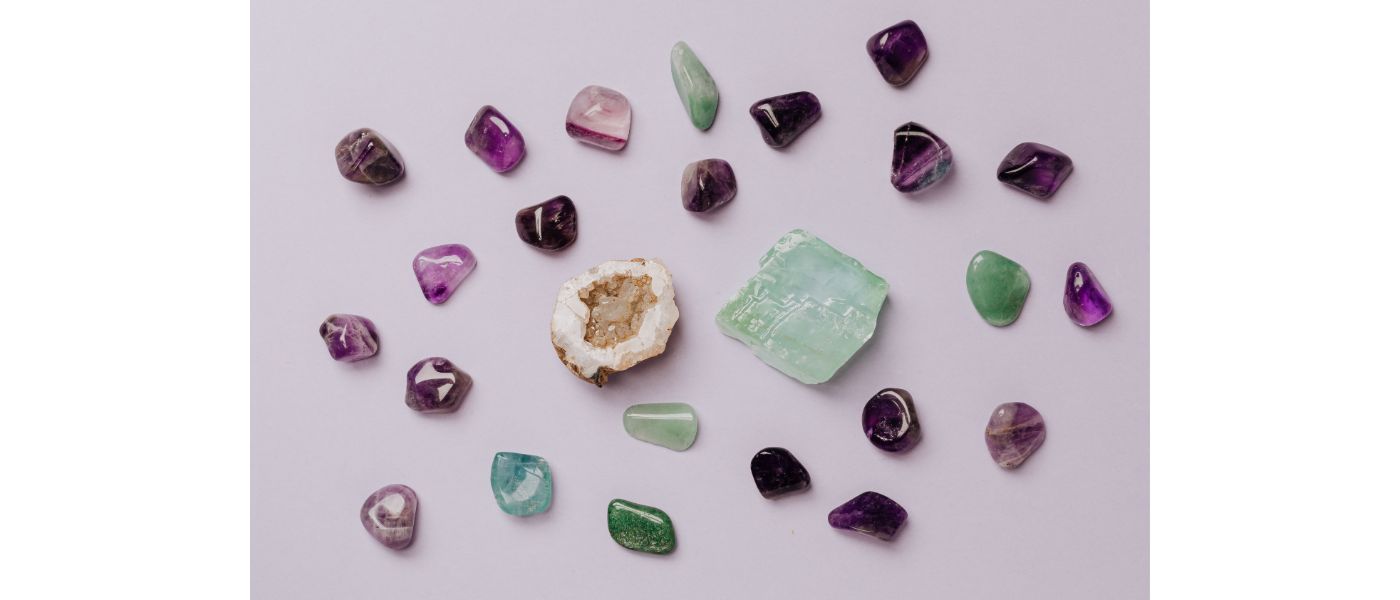
Symbolic Birthstone Meaning
Birthstones are gems that are associated with each month of the year. These stones hold significant meaning and symbolism, and wearing them can bring good luck, protection, and energy. Here is a list of symbolic birthstone meanings by month:
- January – Garnet: symbolizes friendship, trust, and loyalty
- February – Amethyst: symbolizes peace, courage, and inner strength
- March – Aquamarine: symbolizes calmness, creativity, and hope
- April – Diamond: symbolizes purity, innocence, and strength
- May – Emerald: symbolizes love, rebirth, and growth
- June – Pearl: symbolizes wisdom, purity, and integrity
- July – Ruby: symbolizes passion, vitality, and prosperity
- August – Peridot: symbolizes strength, power, and protection
- September – Sapphire: symbolizes truth, sincerity, and loyalty
- October – Opal: symbolizes hope, purity, and creativity
- November – Citrine: symbolizes joy, success, and prosperity
- December – Turquoise: symbolizes protection, healing, and strength.

